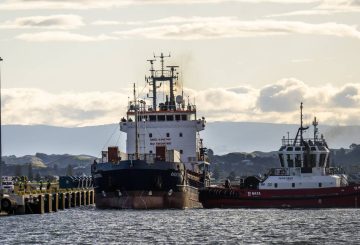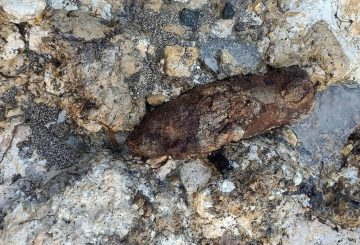Genesis Energy telah berbicara tentang penanganannya terhadap Cyclone Gabrielle tahun lalu, dalam upaya untuk menyanggah rumor bahwa mereka menyebabkan banjir di Wairoa dengan “membuka pintu banjir”. Perusahaan baru-baru ini mengundang media untuk mengunjungi Pembangkit Listrik Danau Waikaremoana untuk menunjukkan upaya mereka selama topan dan komitmen berkelanjutan mereka terhadap energi terbarukan.
Tim Genesis di pembangkit listrik bangga dengan upaya mereka untuk menjaga wilayah tetap berjalan selama banjir. Mereka adalah satu-satunya pembangkit listrik besar yang bekerja pada saat itu. Tanpa pembangkit listrik, wilayah ini bisa mengalami pemadaman listrik jangka panjang.
Kejadian juga membahas rumor tentang pintu banjir. Mereka menjelaskan bahwa tidak ada pintu banjir untuk dibuka di struktur asupan Onepoto. Setelah topan, sebuah tinjauan independen menemukan bahwa hanya 1% dari banjir Wairoa disebabkan oleh air Genesis. Sisa banjir disebabkan oleh luapan dari sungai dan sungai. Dewan Distrik Wairoa saat ini sedang meninjau data ini.
Sebelum topan melanda, Genesis telah menurunkan danau sebesar 6% untuk mengurangi risiko luapan. Selama banjir, mereka harus mengelola aliran air sesuai dengan tingkat persetujuan sumber daya antara 35-40m³ per detik.
Genesis sangat berinvestasi dalam energi terbarukan, dengan rencana untuk menginvestasikan $1 miliar pada tahun 2030. Mereka berfokus pada ladang surya dan angin, dan juga mempertimbangkan biomassa, yang melibatkan mengubah palet kayu menjadi energi. Ini adalah bagian dari upaya mereka untuk mengganti batubara dengan sumber yang lebih terbarukan di pembangkit listrik Huntly mereka.
Genesis menekankan bahwa skema kekuatan mereka bertindak sebagai titik kontrol keselamatan untuk aliran sungai. Tanpa itu, tidak akan ada kendali atas air danau. Mereka juga menyoroti rencana mereka untuk membangun baterai skala grid besar di lokasi Huntly mereka untuk mengelola sifat intermiten tenaga surya dan angin.



















































-360x245.jpg)










